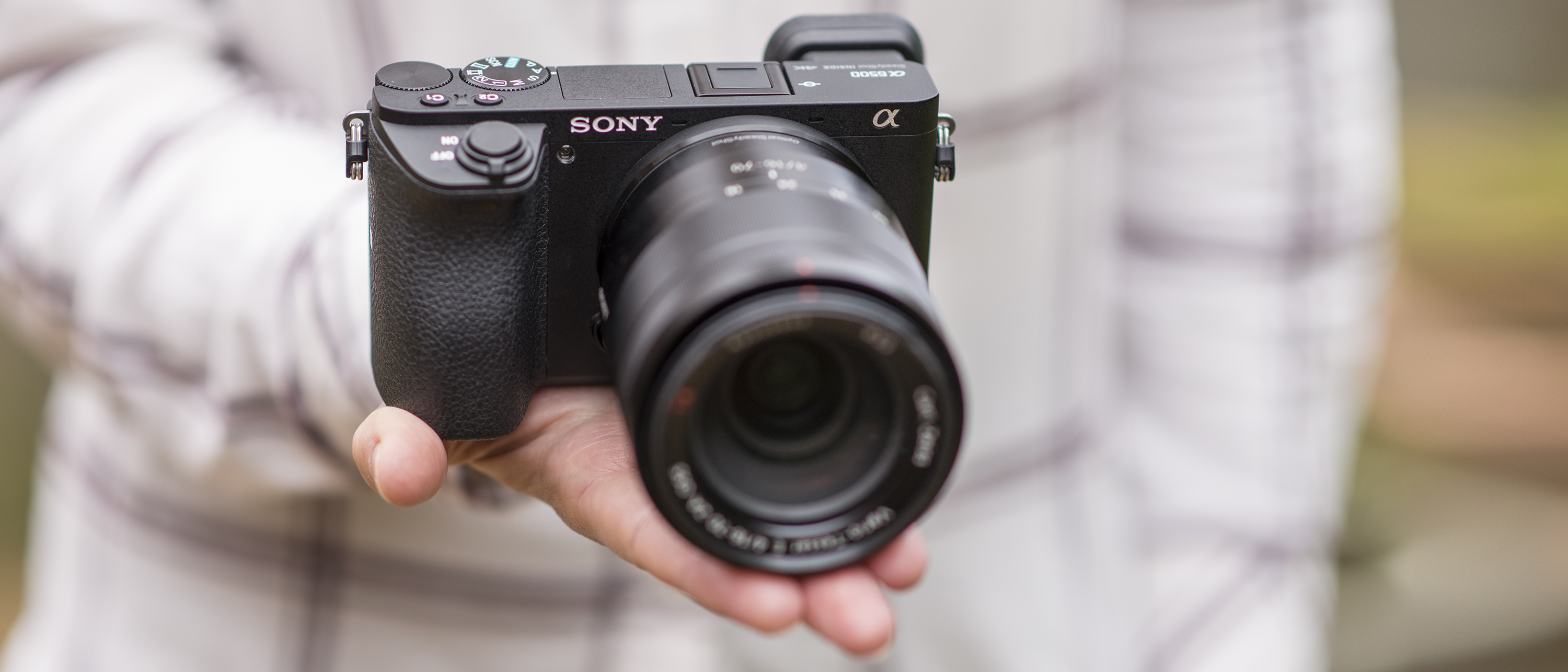Why you can trust TechRadar
Performance
- 11fps burst shooting
- 107 shot raw file buffer
- 350-shot battery life
As we’ve mentioned, the Sony A6500 is a veritable speed demon, thanks to processing speeds being comprehensively boosted over the A6300.
The A6500 has been treated to the Alpha A99 II’s potent processing engine. This gives the A6500 a burst shooting buffer of up to 307 JPEGs when shooting at 8fps, giving you 35 seconds of firepower. Alternatively, at 11fps the camera can capture 200 JPEGs in a single bout or 107 raws.
The A6500's multi-zone metering system didn't get thrown by tricky lighting either, metering perfectly on the dot without any overexposure or underexposure.
Battery life on the Sony A6500 is average at best
As with most Sony cameras we've tested recently, the A6500's auto white balance can be a little sticky and doesn't change instantaneously, although it does adapt faster than previous models. There are about a dozen white balance modes, including three custom settings which you can meticulously tweak to the right color temperature and tint.
Battery life on the Sony A6500 is average at best. Although it's rated for 350 shots, we only got through about half an evening of shooting images and a few minutes of 4K footage. You'll need to pick up a few spare batteries, especially if you plan to shoot Ultra HD movies, which drains the camera at a rate of 1% per minute of video.
Image quality
- ISO100-25,600, expandable to 51,200
- Good quality JPEGs straight from camera
- 6,000 x 4,000 image size
Sony’s 24.2MP APS-C Exmor CMOS sensor delivers outstanding performance in the A6300, so it’s no surprise that it’s been carried over to the A6500. In terms of image quality, the Sony A6500 is an amazing camera for stills.
The quality of JPEGs straight out of the camera is very good, with images displaying good levels of sharpness and contrast, while the A6500's DRO system does well to slightly bring up shadow areas, to make images more suitable for immediate use.
As we've seen with the A6300, image noise is generally very well controlled across the sensitivity range when shooting JPEGs, and images are perfectly usable even at higher settings such as ISO6400. We suggest though using the A6500's Low noise reduction setting as the camera's Normal noise reduction setting appears somewhat heavy handed in its approach to high-ISO images.

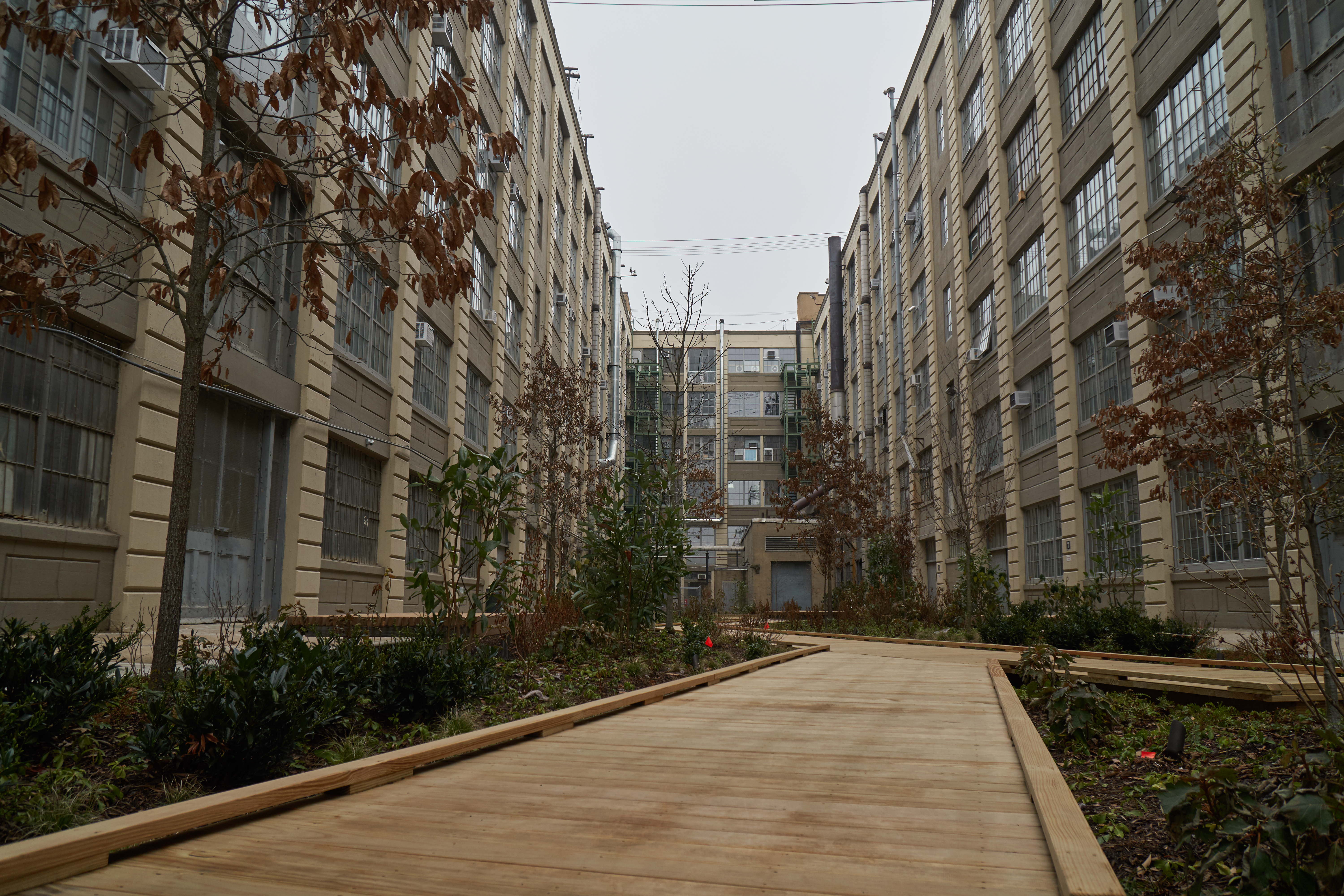
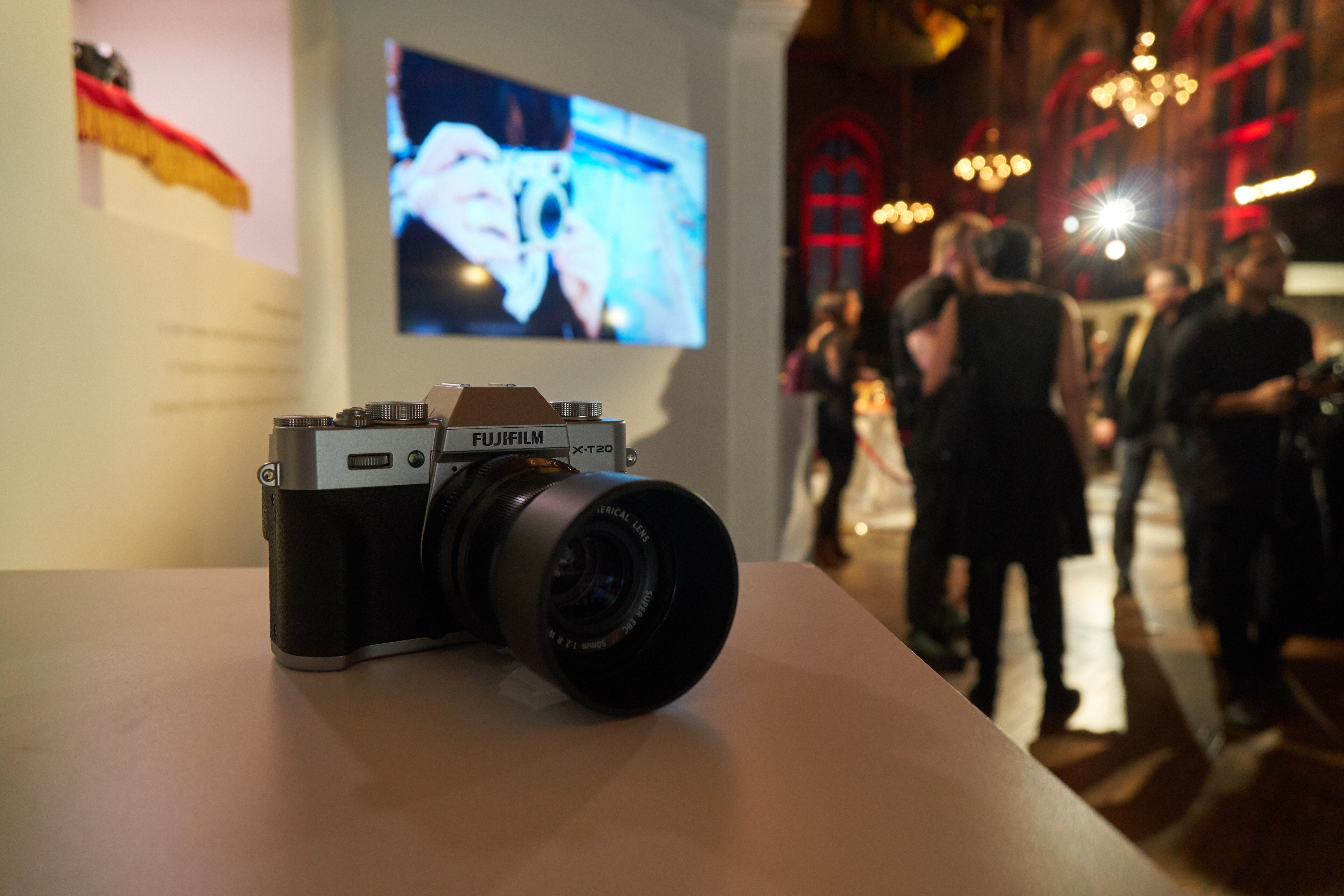
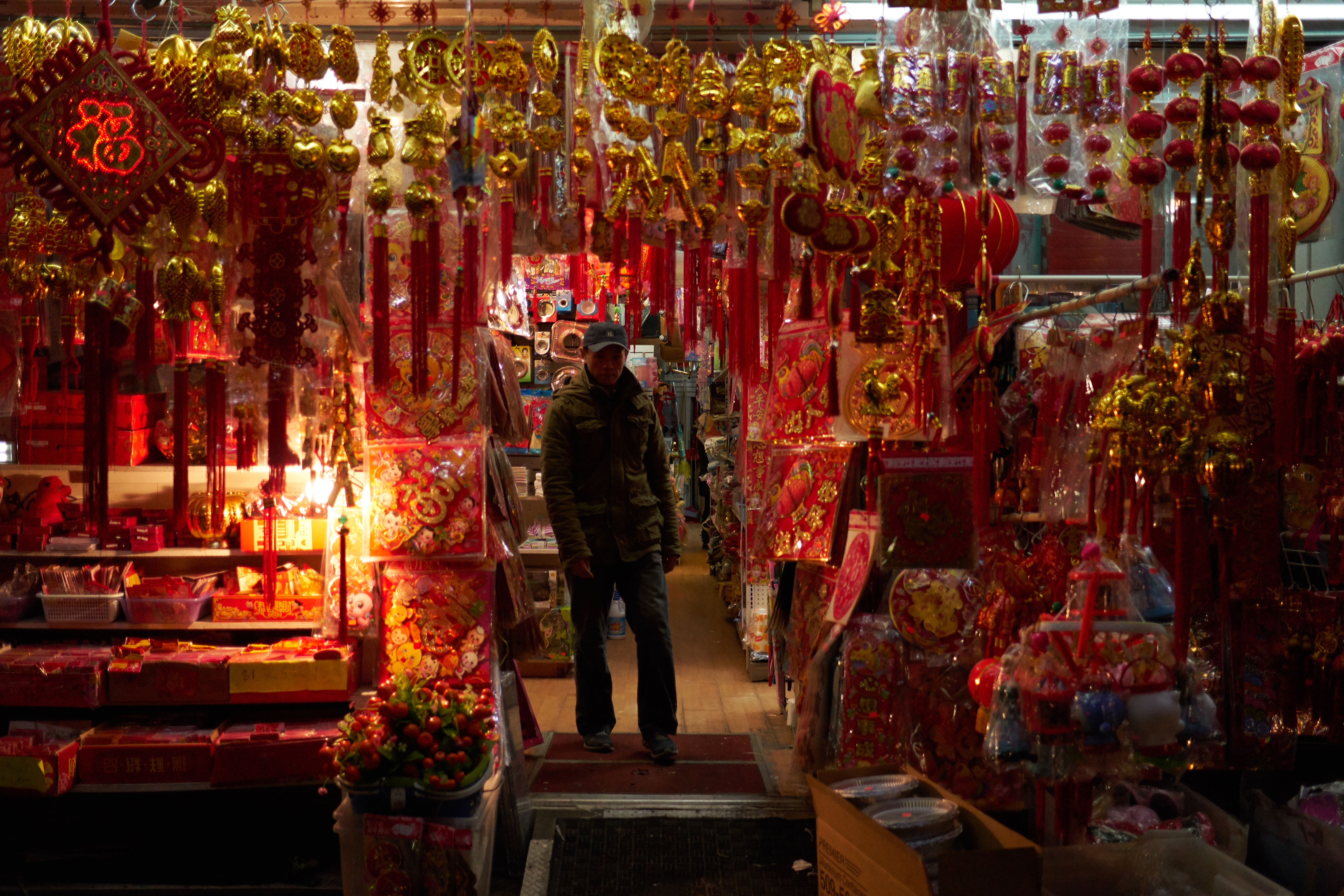


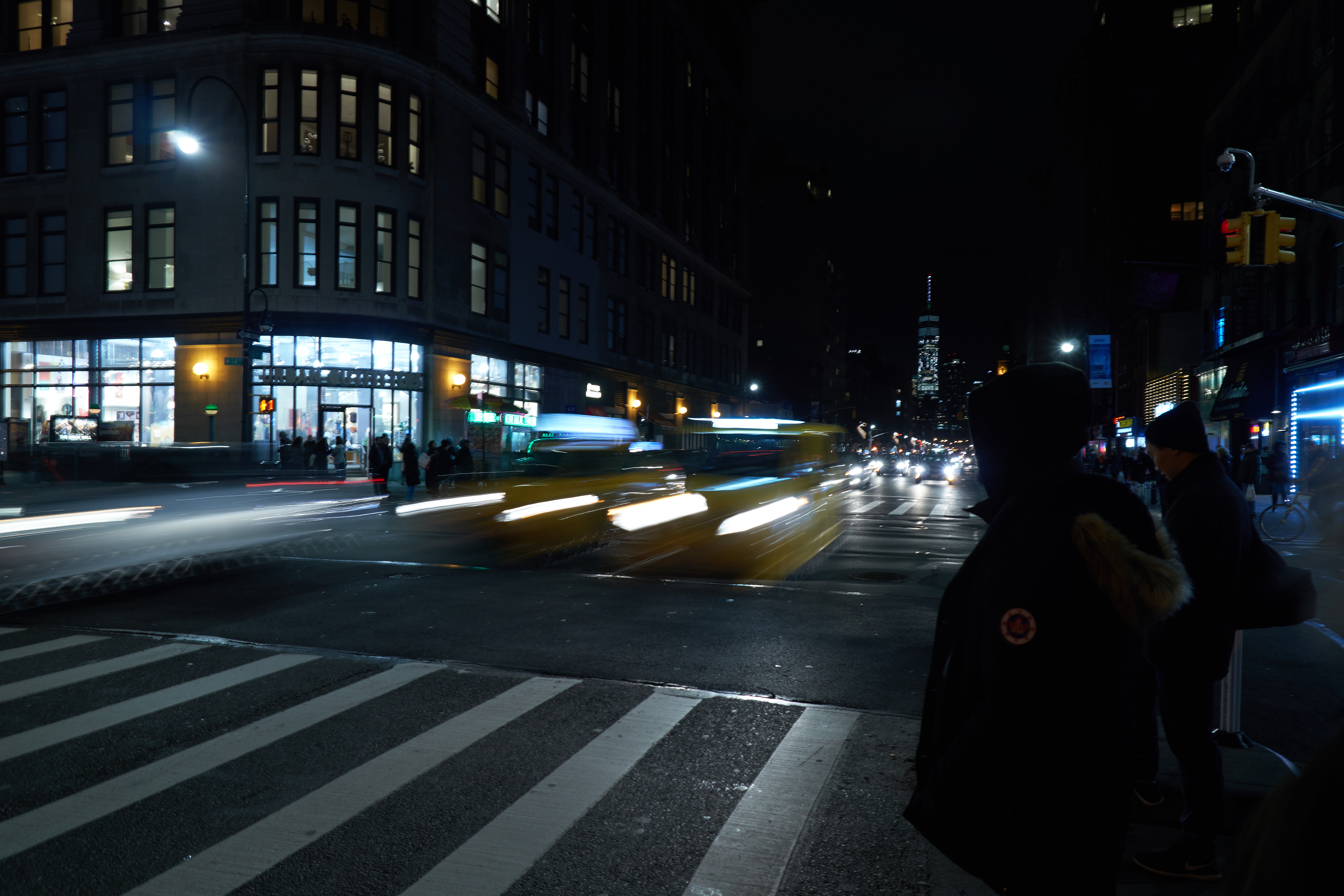

We used the A6500 with Sony's excellent Sony E 16-70mm f/4 Carl Zeiss Vario-Tessar T* ZA OSS zoom lens and found the level of detail in raw files to be very impressive, while the camera's dynamic range doesn't disappoint either. It's possible to brighten the image a good amount to recover shadow detail without unwanted noise ruining the shot.
Current page: Performance and image quality
Prev Page Build, handling and AF Next Page Verdict and competitionPhil Hall is an experienced writer and editor having worked on some of the largest photography magazines in the UK, and now edit the photography channel of TechRadar, the UK's biggest tech website and one of the largest in the world. He has also worked on numerous commercial projects, including working with manufacturers like Nikon and Fujifilm on bespoke printed and online camera guides, as well as writing technique blogs and copy for the John Lewis Technology guide.
